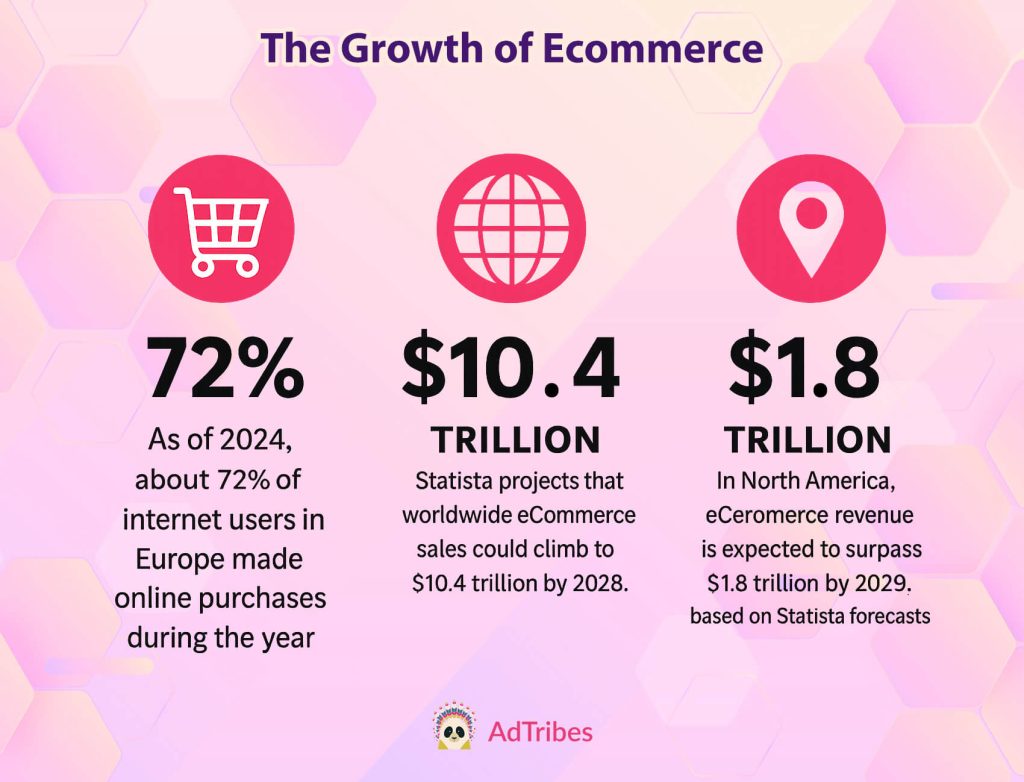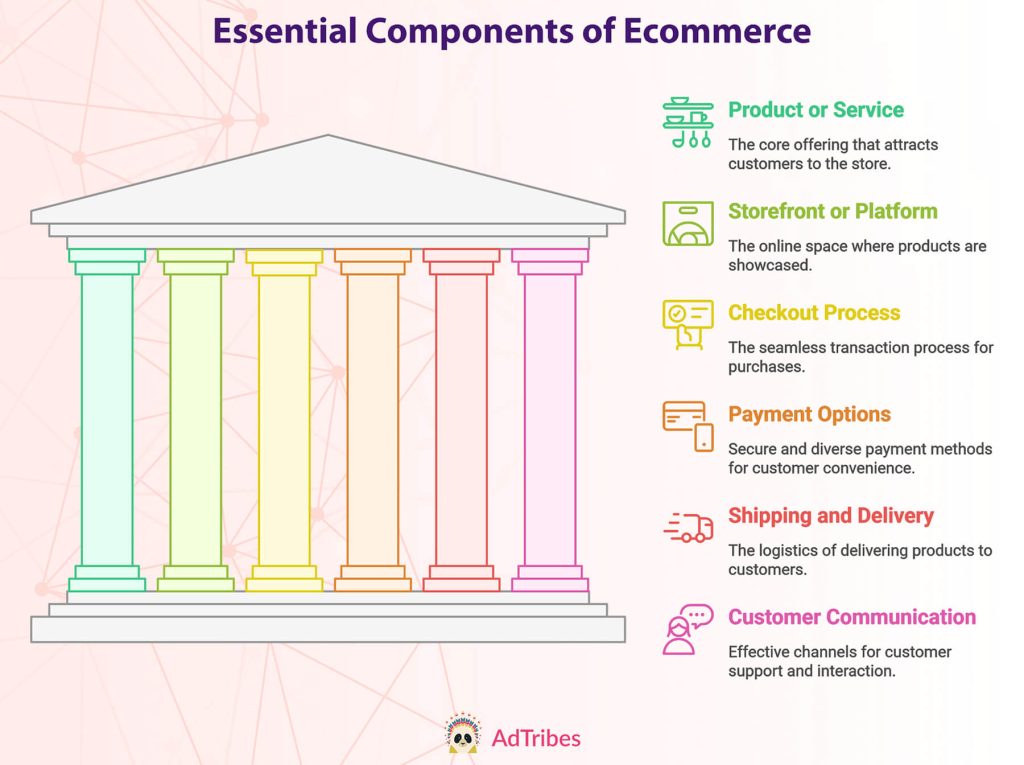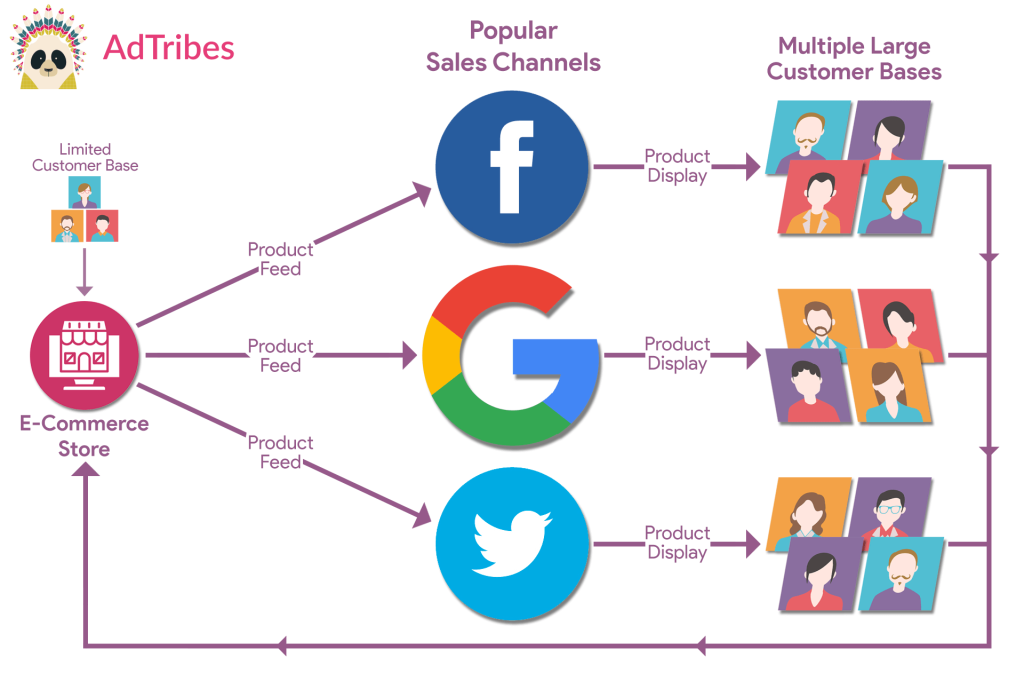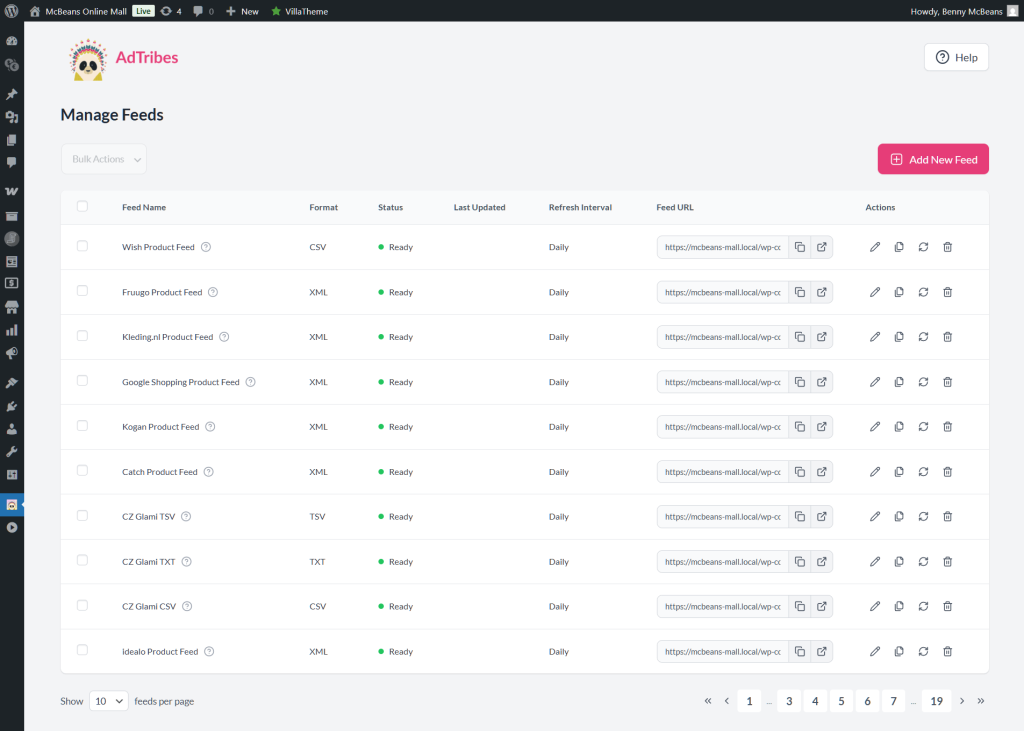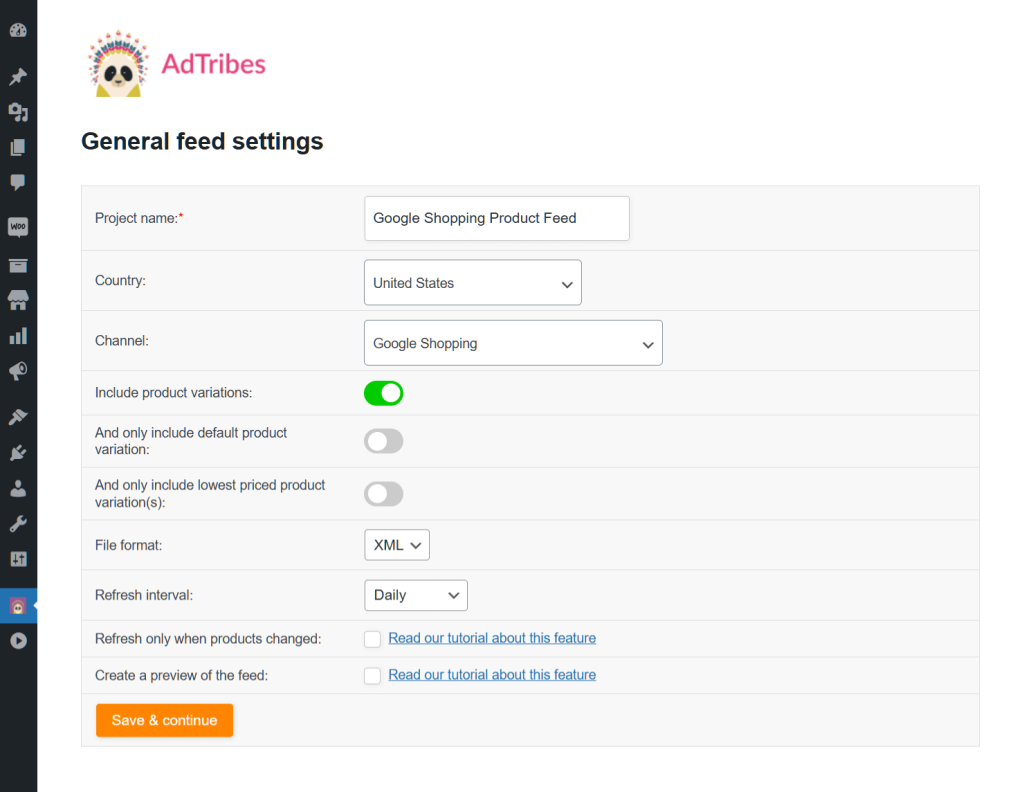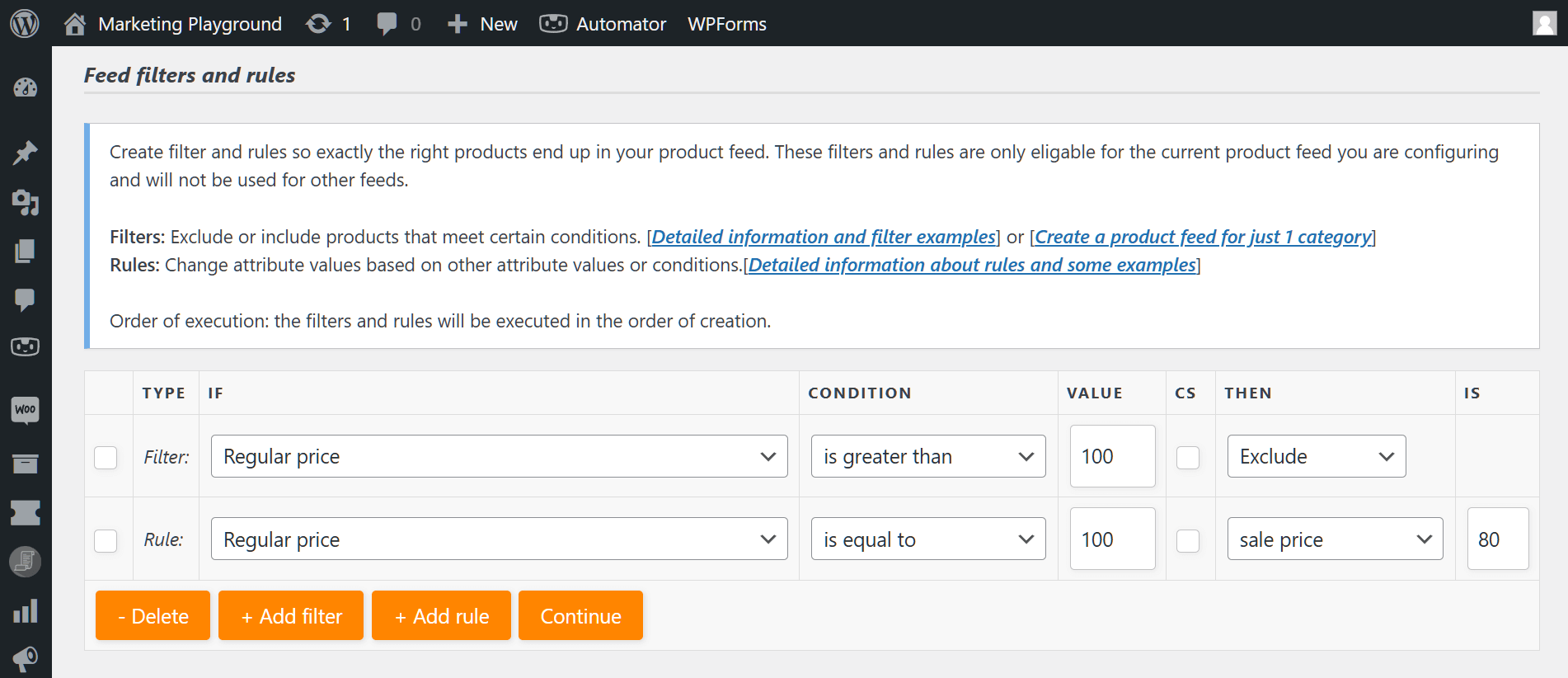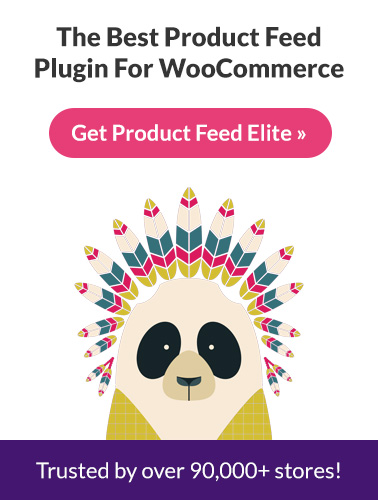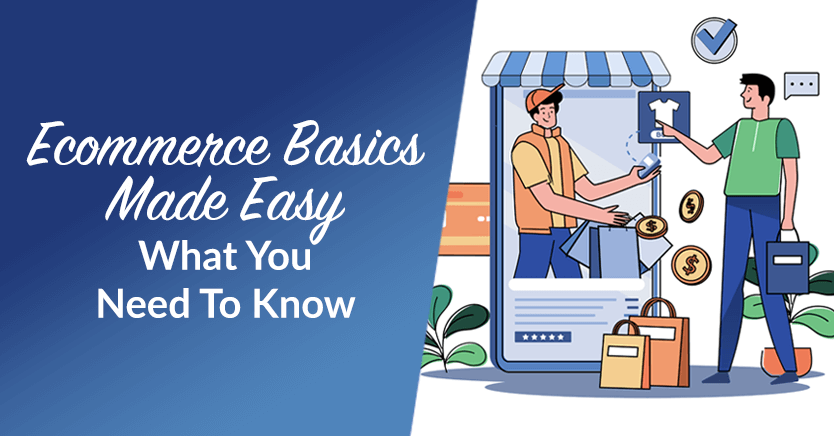
Ecommerce basics are easier to learn than they used to be. In the early days of the internet, only big companies had the tools to sell online. Now, anyone with a good idea and a laptop can set up shop in just a few hours.
No wonder online selling has grown faster than most people expected! It’s not just about websites anymore; social media, apps, and marketplaces have turned every screen into a shop window.
However, ecommerce isn’t just about posting a few products online. Behind the scenes are tools and choices that help stores run smoothly. Learning the basics is like knowing how to drive before getting on the highway.
This article will cover how ecommerce works, the different ways to sell online, and what every store needs to get started. It’ll also introduce you to product feeds: powerful ecommerce tools that can help sellers get their items seen and sold across many platforms.
Table Of Contents
I. What Ecommerce Really Means
Electronic commerce, or ecommerce, means buying or selling things online, including goods and services, both physical and digital.
Think of it like a giant digital mall that never closes. Instead of walking through store aisles, people scroll through pages. And instead of a cash register, there’s a payment button.
Around the world, ecommerce is growing fast, and it’s not slowing down anytime soon. Here are some key statistics that show just how big it’s getting:
- As of 2024, about 72% of internet users in Europe made online purchases during the year.
- Statista projects that worldwide ecommerce sales could climb to $10.4 trillion by 2028.
- In North America, ecommerce revenue is expected to surpass $1.8 trillion by 2029, based on Statista forecasts.
With ecommerce expanding so quickly, it’s worth looking at how it works in practice. What does running an online business actually involve, and what makes it different from a traditional storefront?
Selling without a storefront
You don’t need a building to start a business online. Many sellers work from a kitchen table, a spare room, or even their phone.
Ecommerce makes this possible. It takes away the need for rent, signs, or foot traffic.
Instead of waiting for people to walk by, you can bring your store to them. All you need is a product, a plan, and a way to get online.
Where it all happens: websites, apps, and marketplaces
Some stores use their own websites to sell directly. Others use platforms like Etsy, Shopee, or Amazon.
Even social media counts. Thanks to what’s known as social commerce, people now shop through Facebook, Instagram, and TikTok like flipping through a catalog.
Ecommerce is just another way to do business. The tools may change, but the goal stays the same: selling something people want.
Products, services, and everything in between
People don’t just sell clothes and electronics online. Ecommerce covers a wide range of things people buy and sell online every day. If it can be sold, it can probably be sold online.
Here are some examples:
- Physical products: clothes, phones, books, furniture, pet supplies, toys
- Digital products: eBooks, software, online courses, music downloads
- Physical services: house cleaning, food delivery, personal training, car repairs
- Digital services: virtual tutoring, graphic design, video editing, website development
From everyday items to professional services, ecommerce makes almost anything available with just a few clicks.
Below are some examples of successful ecommerce businesses.
Handmade Jewelry & Accessories Boutique
Wholesale Coffee Roaster & Retail Operator
Vegan Beauty Brand & Nail Polish Retailer
Event Marketplace & Global Community for Writers
II. Different Ways To Sell Online
Ecommerce basics include more than just running an online store. There are several ways people and companies sell on the internet.
Some sell to everyday shoppers. Others work with companies or even send goods overseas.
Here are the different ways to sell online:
Business to consumer (B2C)
This type of business sells its products or services directly to a regular shopper. In other words, the business sells a product or service straight to the person who will use it.
As one of the most recognizable ecommerce business models, this is what most people picture when they think of online shopping. Furthermore, most online stores use this model. Clothing brands, tech stores, makeup companies, and food delivery apps all fall under the business-to-consumer (B2C) business model.
It could be someone buying shoes from Nike’s website or ordering groceries from an app like Instacart. Even streaming a movie or booking a haircut online counts.
This model is common because it’s fast, simple, and works for both small and big sellers. The shopper finds what they want, pays, and gets it delivered or downloaded.
Business to business (B2B)
In this business model, a business sells goods or services to another business, not to regular customers. These sales are often bigger and occur more regularly than everyday shopping. A B2B case study can illustrate how these transactions work and provide practical insights.
Because the buyer is a business, orders might come in bulk, with custom prices or payment terms. For example, a restaurant might buy packaging or kitchen supplies from an online wholesaler. Or a clothing boutique might restock shirts from a supplier’s ecommerce site.
Business-to-business (B2B) stores usually require an account to view prices or place orders. That’s because the deals depend on who’s buying and how much they need.
This kind of ecommerce is more behind-the-scenes, but it powers many of the businesses people shop from every day.
🔥 Hot Tip!! 🔥 Are you curious about running an online wholesale store? Wholesale Suite is a premium WooCommerce plugin with versatile tools allowing you to set wholesale pricing, capture leads, create wholesale order forms, offer online invoice billing, and more.
Consumer to consumer (C2C)
This setup is more casual and often happens on platforms made for peer-to-peer selling. Regular people sell things directly to other regular people.
Most of the time, these are one-time sales or small handmade goods. Sellers don’t need to run full stores—they just need a listing. Think of someone posting a used phone on Facebook Marketplace, or selling handmade candles on Carousell.
Consumer-to-consumer (C2C) sales are usually fast, simple, and local. But they can also reach buyers in other cities or countries, depending on the platform.
It’s a popular way to earn extra cash or try out selling without starting a full business.
Subscription and digital models
Not everything online is sold one item at a time. Some stores earn by offering things on a schedule or in digital form. Customers get products or services regularly, such as every week or month.
Subscriptions can include things like monthly snack boxes, shaving kits, or surprise toys for kids. Digital subscriptions cover things like video streaming, music apps, or cloud storage.
Other stores sell digital goods just once. These can be eBooks, software, design templates, or even game downloads.
There’s no need to ship anything physical. The buyer just clicks, pays, and gets access, like opening a gift through email.
Selling across borders
Ecommerce basics aren’t limited by borders. A store in one country can sell to someone thousands of miles away.
This kind of global reach is possible through platforms like eBay, Amazon, or tools that help with international shipping. They take care of things like currency, shipping labels, and customs forms.
Still, it’s not always simple. Sellers need to think about language differences, taxes, shipping costs, and delivery times.
But with the right setup, a small ecommerce business can grow a global customer base, almost like opening a shop on every continent at once.
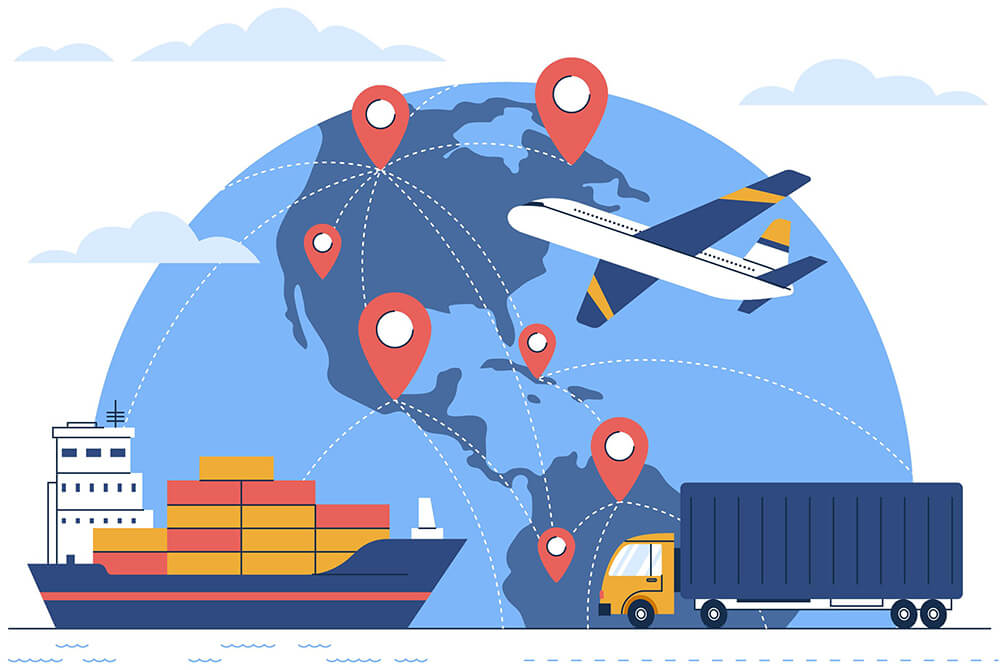
Online selling doesn’t follow one rule. There are many paths, and each suits a different kind of seller.
III. What Every Ecommerce Business Needs
Ecommerce basics don’t stop at knowing how to sell. To get started, every store needs tools that turn a simple idea into a working online business.
Even small sellers need these pieces in place. Without them, buyers will leave or never show up at all.
Below are the components required to make ecommerce work:
Product or service to sell
It all starts with something to offer. That could be clothes, art, downloads, or even lessons.
As long as people want it and can buy it online, it counts.
A way to show it off (storefront or platform)
You need a place where people can see what you’re selling. This could be your own site or a marketplace like Etsy.
Think of it like setting up a stall at a market. People won’t buy if they can’t browse.
Checkout that works
Once shoppers decide to buy, they need a simple way to do it. Confusing checkout pages scare people off.
Therefore, make the checkout process quick and clear, like a fast-food counter instead of a maze.
Safe and easy payment options
No one wants to worry when they pay. Use trusted tools like PayPal, Stripe, or card processors.
It also helps to accept different ways to pay, like wallets or even bank transfers.
Shipping, delivery, or access
After payment, the buyer needs to get what they paid for. For physical goods, that means packing and shipping.
For digital items, it might be a download link. Services might need a calendar or contact form.
A way to talk to customers
Situations will come up where customers need help. Maybe someone has a question or a complaint.
In the US, 53% of online shoppers are likely to abandon their carts when they can’t get swift answers to their questions. Thus, make it easy for people to reach out. That could be through chat, email, or social media. Consider using AI customer support, as well.
Every working store has these parts. They don’t need to be fancy, but they do need to work.
IV. Building A Store That People Trust
Ecommerce basics aren’t just about setting up shop. People won’t buy if they don’t feel safe.
If your site feels shady or confusing, most shoppers will leave. Trust is everything.
Good design and working checkout tools matter, but so does how your store makes people feel. Does it seem real? Is someone there to help?
Here are the major components of a store that people trust:
Clear product info and images
Buyers can’t pick up the item or try it out, so your pictures and words have to do that job for them.
Good product photos show the item from different angles. They should be bright, clear, and free of clutter. A plain background helps people focus on the product.
Descriptions should be short but useful. Don’t just list the features—explain how they benefit the consumer and create meaningful change in their life. Furthermore, mention the product’s size, color, material, and how it works or is used.
Forbes reports that 70% of online shoppers say product content plays the biggest role in whether they buy something. After all, clear info helps them feel confident enough to click “buy.”
On the flip side, if shoppers feel unsure about what they’re getting, they’ll move on. This explains why 70% of online shoppers will leave a product page if the details are missing or confusing.
Real reviews and testimonials
People want proof that the product works or looks like it should. Hearing from other buyers helps them feel safe.
Reviews share real-life experiences, both good and bad. Thus, they give new shoppers a clearer idea of what to expect.
Even a few short reviews can build trust. After all, they show that others have bought from the store and were satisfied enough to say something.
Policies that are easy to find
Clear policies help shoppers feel safe before they buy. They want to know what to do if the item doesn’t fit, arrives damaged, or isn’t what they expected.
Return, refund, and shipping rules should be written in plain language. Avoid legal jargon that confuses people.
Place these links in obvious spots, like the product page, checkout, or footer. If customers have to dig for them, they may give up and leave.
A smooth shopping experience
Shopping online should feel simple from start to finish. If the site lags, crashes, or confuses people, they’ll likely give up.
Every click should make sense. From browsing products to checking out, the path should be quick and clear.
A smooth experience builds confidence and keeps people coming back. It shows that the store is serious and ready to serve.
Fast, helpful support
Even the best stores get questions or run into issues. What matters is how fast and clearly they respond.
Let customers contact you in ways they’re comfortable with, like email, live chat, or messaging apps. Fast replies show that someone’s really there and paying attention.
When shoppers feel heard, they’re more likely to stick around and come back again.

Trust isn’t something you can fake. But it can be built one step at a time with honesty, care, and clear info.
V. How People Find Your Store
Ecommerce basics don’t stop at building a store. Once it’s up, the next challenge is getting people to visit.
A great product won’t sell if no one sees it. Think of your store like a small shop in the middle of the woods. If no one knows it’s there, it stays empty.
Getting traffic doesn’t happen on its own. You have to give people directions and a reason to come.
Here are some ways stores get found online:
Search engines and keywords
Most online shopping journeys begin with a search bar. People type in what they need, and the top results usually get the clicks.
That’s why using the right keywords matters. Pick words that real people use, not fancy terms or brand speak. A store selling “running shoes” should say just that, not “performance footwear.”
Showing up in searches is like being listed in the phonebook back when everyone used one; if you’re not there, you won’t get the call.
Social media and ads
Social platforms are where people scroll, laugh, and discover new things. That makes them powerful ecommerce marketing tools that are, perfect for showing off products in a casual way.
A quick video, a product demo, or even a meme can grab attention. If people like what they see, they click.
Paid ads add extra reach. Even a tiny budget can get your store in front of the right people, especially if the message is simple and direct.
Emails that people actually read
Email is like a gentle tap on the shoulder. It reminds people your store exists and gives them a reason to come back.
The best emails are short and clear. Include something useful, like a discount or update, and make sure there’s a link that takes them straight to what you’re offering.
Word of mouth and customer referrals
People trust people they know. When a friend recommends a store, it feels safer than hearing it from a stranger or ad.
You can encourage this by offering rewards, like discounts or freebies, when someone refers a new customer. Even a simple thank-you message can go a long way.
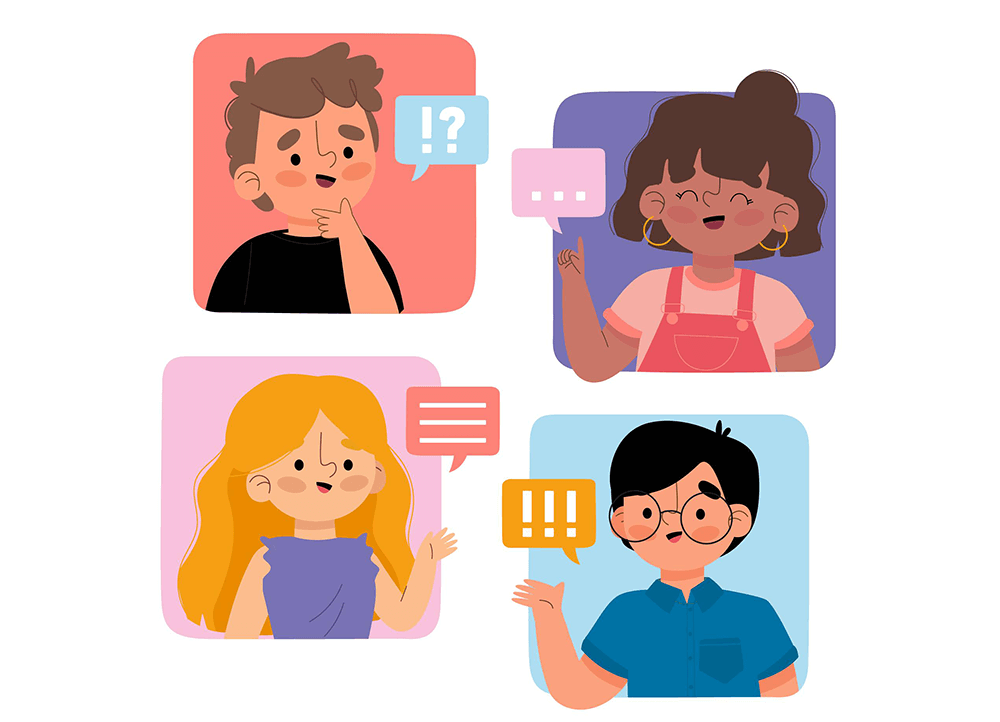
Getting people to your store is like opening the front door and waving them in. The more ways you invite them, the more likely they’ll stop by.
VI. How Product Feeds Help With Ecommerce
Ecommerce basics are easier to handle when the right tools do the heavy lifting. Running a store online takes time, effort, and lots of little decisions every day.
This is where product feeds can help. They don’t just make things faster; they also grant you additional sales opportunities.
Case in point, a product feed manager is software that uses special files known as product feeds to make selling on multiple sales channels possible.
🔥 Hot Tip!! 🔥 Are you interested in using product feeds to showcase your products on various sales channels? Take AdTribes for a spin and start selling on Google Shopping, Facebook, TikTok, and 100+ other channels!
Here are the many ways this software makes life easier for store owners:
Multi-channel selling without the headache
Why limit yourself to one platform when you can reach customers everywhere?
With product feeds, you don’t have to rely solely on your online store. These files allow you to list your products on popular channels like Google Shopping, Bing, Pinterest, and more with minimal effort.
The result? Your products show up where shoppers are already looking. Thus, you enjoy increased visibility, clicks, and chances to turn browsers into buyers.
As you can imagine, this can be a huge help to small and new stores.
And with the right product feed software, setting your product feeds up and connecting your store to other sales channels is quick, easy, and effective thanks to automation and user-friendly customization features.
A good product feed software also makes it easy to build feeds that match what different platforms require from your listings. You even gain access to a feature that analyzes feeds for errors, so you can fix them before you lose sales or platforms reject your listings.
Automatic syncing across platforms for convenience and accuracy
You don’t need to keep editing product info manually. A plugin such as AdTribes automatically pulls updates from your WooCommerce store and keeps feeds current.
If a price changes or something sells out, the feed adjusts right away. So if someone buys your item on Google, the stock level updates everywhere else too, like Facebook or Bing.
That means your listings stay accurate, and customers won’t buy something that’s already gone. This prevents confusion and frustration, keeping shoppers happy and more likely to keep buying from you.
Set rules to promote the right products
Not every product needs to be shown everywhere. With AdTribes, you can set rules to decide which items get pushed to which channels.
Want to highlight your top-selling items on Facebook? Easy. Need to hide out-of-stock products from Google Shopping? That’s possible too.
You can even promote seasonal items during certain times of the year, like swimsuits in summer or jackets in winter. The plugin lets you choose what matters most, so your feed always fits your sales goals.
In short, you get more control without needing to update listings one by one.
Save time so you can focus on your store
Managing an online store can feel like spinning plates. There’s product info, pricing, stock levels, and multiple sales channels to keep track of.
AdTribes pulls all of that into one tool. Therefore, you don’t have to jump between different sales channels’ dashboards or re-upload data over and over.
When you automate the busywork, the plugin gives you time back. You can spend that time improving your products, answering customers, or planning your next big sale.
Less clicking, more doing. That’s the goal.
Conclusion
Ecommerce basics are the starting point for anyone interested in selling online. They help store owners understand what to sell, how to sell it, and how to reach people.
Knowing how ecommerce works is like learning the rules of a game. It doesn’t mean things will always be easy, but it does mean you’ll know what to do next.
Tools like AdTribes can take care of the hard parts. They give you more time to grow your store and less time spent fixing problems.
In summary, this article discussed the following ecommerce basics:
- What ecommerce really means
- Different ways to sell online
- What every ecommerce business needs
- Building a store that people trust
- How people find your store
- How AdTribes helps with ecommerce
Want to learn more about product feeds and what they can do for your WooCommerce store? Check out AdTribes to discover how it can expand your reach, attract more customers, and boost your conversions!
